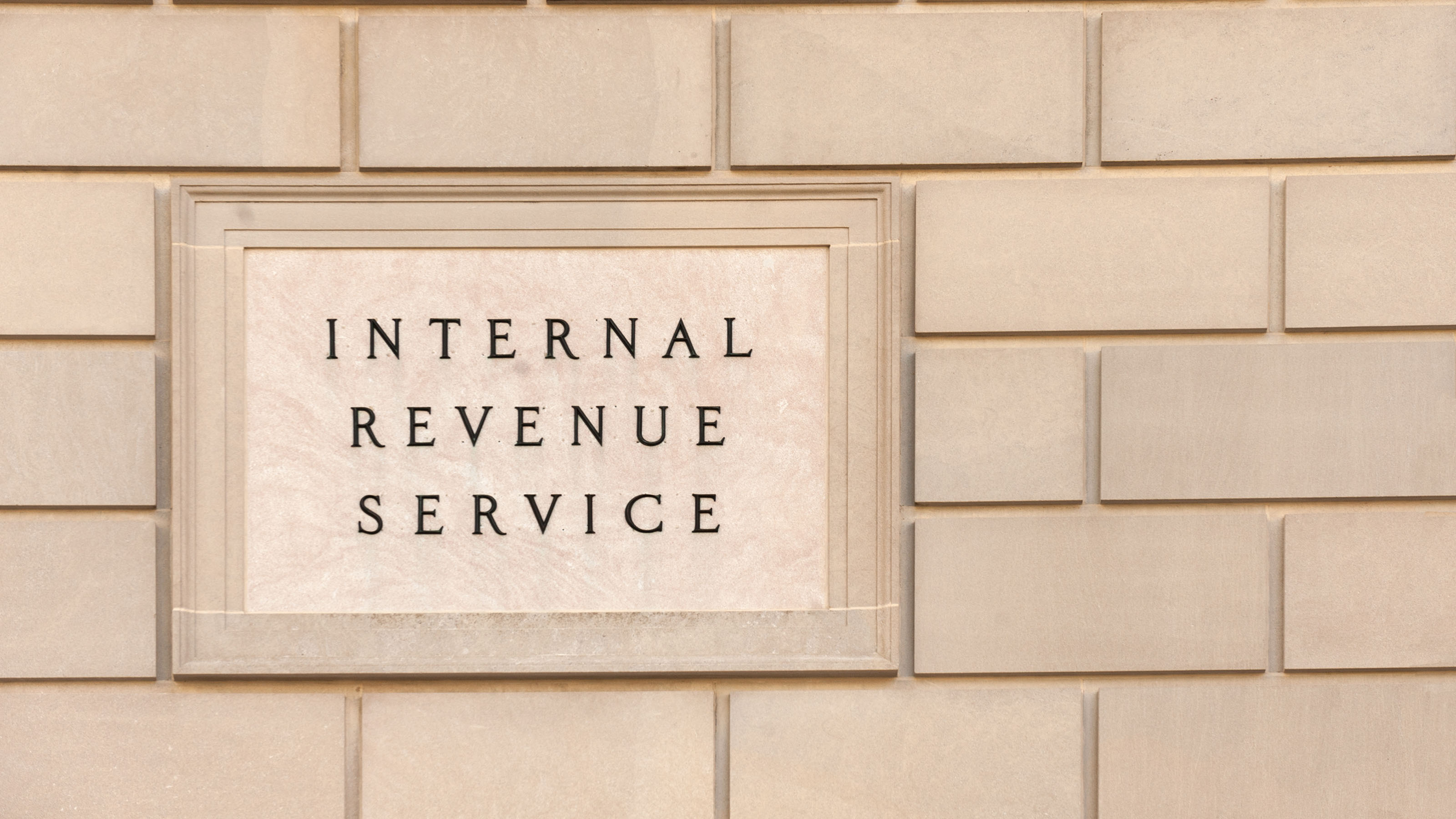Social Security 2025: The Outdated Tax Rules Costing Retirees Money
Could the Social Security 90th anniversary be a good time to revisit old tax thresholds?


Last week, the Social Security Act celebrated its 90th anniversary — a milestone for one of the United States’ most important so-called safety nets. The program has lifted millions of older adults out of poverty, steadied some households through economic shocks, and provided dignity for many in retirement.
But old tax rules are quietly undermining the program’s promise. A big reason why? The income thresholds for taxing Social Security benefits haven’t changed in more than 30 years.
That has caused more retirees to pay federal taxes on SS benefits, often on money they spent decades earning and contributing to through payroll taxes.
From just $107.88 $24.99 for Kiplinger Personal Finance
Become a smarter, better informed investor. Subscribe from just $107.88 $24.99, plus get up to 4 Special Issues

Sign up for Kiplinger’s Free Newsletters
Profit and prosper with the best of expert advice on investing, taxes, retirement, personal finance and more - straight to your e-mail.
Profit and prosper with the best of expert advice - straight to your e-mail.
And while the 2025 so-called “big beautiful bill,” signed by President Trump in July, gives those 65 and older a temporary new bonus deduction, the new massive legislation doesn’t alter Social Security tax rules.
So, where does that leave retirees? Here’s more to know.
How much of Social Security is taxable
For nearly 50 years after President Franklin D. Roosevelt signed the Social Security Act into law in 1935, benefits were exempt from federal tax.
- That changed in 1983, when Congress passed amendments that allowed up to 50% of benefits to be taxed for retirees with incomes above certain levels.
- In 1993, lawmakers raised the maximum taxable portion to 85% for higher‑income beneficiaries.
Today, taxability is based on “combined income”: Adjusted gross income plus nontaxable interest plus half of Social Security benefits.
The thresholds are:
- Under $25,000 (single) or $32,000 (married): No tax on benefits.
- $25,000–$34,000 (single) or $32,000–$44,000 (married): Up to 50% of benefits taxed.
- Above $34,000 / $44,000: Up to 85% taxed.
When you cross the top threshold, up to 85% of benefits become taxable income. When pensions, part‑time earnings, or retirement withdrawals are considered, that can mean high effective tax rates for some retirees, particularly in states that still tax Social Security.
For retirees who have already paid payroll taxes on these earnings during their working years, this can feel like double taxation: once in the paycheck and then again in retirement.
The problem: SS thresholds aren't adjusted for inflation
What makes the Social Security tax rules unusual is that the thresholds haven’t been indexed to inflation.
Many provisions in the federal tax code, from income tax brackets to the standard deduction and more, are adjusted for inflation each year. (Even Social Security benefit amounts are adjusted with a yearly COLA.)
Why does that matter?
- Back in the early 1990s, fewer than 10% of Social Security recipients paid federal income tax on their benefits, according to historical Social Security Administration data and various tax policy analyses.
- At that time, the thresholds were set high enough that most retirees fell below them.
- Today, however, nearly half of all beneficiaries reportedly pay tax on at least some portion of their Social Security income.
That increase isn’t necessarily due to retirees becoming wealthier. Instead, the Social Security COLA and modest retirement income are pushing more households past the outdated thresholds.
This phenomenon is often referred to as “bracket creep.” Inflation moves taxpayers into tax brackets they were never intended to be in. For older adults on fixed incomes, this creep can operat as a stealth tax increase, essentially reducing income without necessarily improving purchasing power.
Taxes on Social Security benefits matter in 2025
Social Security is a key source of retirement income for many retirees in the U.S.
- As of 2025, data show that about 73.9 million people receive Social Security benefits.
- According to the Pew Research Center, this includes roughly 52.6 million retired workers, along with spouses, children, survivors, and disabled workers who also qualify for various Social Security programs.
- Nearly three-quarters of the U.S. population benefits from at least one Social Security program as of this year.
It’s worth noting that the average monthly benefit — just over $1,900 in 2025 — often covers basic needs. Taxing those benefits can reduce the cushion for some and complicate planning. Even a small IRA withdrawal or part-time job can push a retiree into a higher tax bracket, leaving less for housing, groceries, or medical bills.
There is some recognition among policymakers that the rules are outdated. Some suggested approaches floating around are indexing the tax thresholds to inflation or substantially raising the thresholds.
For example, H.R. 904, the “No Tax on Social Security” bill introduced earlier this year, proposes to lift or eliminate the current $25,000/$32,000 and $34,000/$44,000 limits. The bill hasn’t progressed in Congress.
Then there’s fiscal impact. Taxes on Social Security benefits contribute billions annually to the federal budget and trust funds. Some say eliminating that revenue could worsen long-term solvency for the Social Security trust funds unless offset by other income sources.
At what age is Social Security no longer taxed?
Speaking of milestones, a common question about taxes on Social Security benefits is whether there's an age when retirees stop paying.
The fact is, there is no specific age at which your Social Security benefits automatically become nontaxable. However, it’s totally understandable why many people believe that age matters with taxes on Social Security.
Keep in mind this one key rule: that how much of your Social Security benefits get taxed depends on your income, not your age. So, whether you're 62 or 82, the same rules apply.
- If Social Security is your only income, you're unlikely to be taxed on those benefits.
- However, up to 85% of your benefits could be taxable if you have additional income sources.
For more information, see: Do You Stop Paying Taxes on Social Security at a Certain Age?
SS 90th Anniversary: Bottom line
Social Security’s 90th birthday is a good time to revisit whether tax rules frozen since the early 1990s still make sense. Each year those limits remain unchanged, more retirees are swept into taxable territory, often because inflation slowly pushes them there.
For now, there are no changes to taxes on Social Security for 2025. So, it’s essential to familiarize yourself with the relevant IRS rules.
Remember: The key to reducing taxes on Social Security benefits is keeping your combined income, which includes your other earnings plus half of your Social Security benefits, below the IRS thresholds.
Popular strategies may include converting traditional retirement accounts to Roth IRAs, managing withdrawals to avoid higher tax brackets, investing in tax-efficient assets, and making charitable IRA distributions after reaching age 70½.
Also, the GOP’s 2025 tax bill contains a new temporary bonus deduction for filers 65 and older. That bonus tax break is in addition to a higher standard deduction and the existing extra standard deduction for those over 65.
Consult a trusted and qualified tax professional or financial planner to find the best approach for you.
Read More about Taxes on SS
Profit and prosper with the best of Kiplinger's advice on investing, taxes, retirement, personal finance and much more. Delivered daily. Enter your email in the box and click Sign Me Up.

Kelley R. Taylor is the senior tax editor at Kiplinger.com, where she breaks down federal and state tax rules and news to help readers navigate their finances with confidence. A corporate attorney and business journalist with more than 20 years of experience, Kelley has covered issues ranging from partnerships, carried interest, compensation and benefits, and tax‑exempt organizations to RMDs, capital gains taxes, and income tax brackets. Her award‑winning work has been featured in numerous national and specialty publications.
-
 Holiday Tax Scams: 'Tis the Season to be Wary
Holiday Tax Scams: 'Tis the Season to be WaryTax Scams Navigating tax tricks of the holiday season may be daunting, but don't let that destroy your festive spirit
-
 Metro by T-Mobile Is Giving Away This Samsung Galaxy A16: Which Plans Are Eligible?
Metro by T-Mobile Is Giving Away This Samsung Galaxy A16: Which Plans Are Eligible?Metro by T-Mobile is offering free Samsung Galaxy A16 phones on eligible plans right now. Here’s how the deal works.
-
 I Drive and Collect Classic Cars: Here’s How I Got Started
I Drive and Collect Classic Cars: Here’s How I Got StartedAre classic cars a hobby or an investment strategy — or both? Either way, the vintage car scene is much cooler and more affordable than you think.
-
 'The 'Mamdani Effect' in New York: Can the City Afford a Millionaire Tax?
'The 'Mamdani Effect' in New York: Can the City Afford a Millionaire Tax?State Tax Will higher income taxes drive the wealthy to flee New York in 2026?
-
 Law Reversal Looming? Trump Eyes 2026 Gambling Winnings Tax Change
Law Reversal Looming? Trump Eyes 2026 Gambling Winnings Tax ChangeTax Deductions It's no secret that the IRS is coming after your gambling winnings in 2026. But how long will that last?
-
 Trump's Plan to Eliminate Income Tax: 7 Things to Know Now
Trump's Plan to Eliminate Income Tax: 7 Things to Know NowTax Policy The potential consequences of eliminating taxes in favor of Trump tariffs could impact everything from inflation to Social Security and might give some U.S. taxpayers pause.
-
 The 'Scrooge' Strategy: How to Turn Your Old Junk Into a Tax Deduction
The 'Scrooge' Strategy: How to Turn Your Old Junk Into a Tax DeductionTax Deductions We break down the IRS rules for non-cash charitable contributions. Plus, here's a handy checklist before you donate to charity this year.
-
 IRS Says You Made a Tax Return Mistake? A New Law Could Help You Fight Back
IRS Says You Made a Tax Return Mistake? A New Law Could Help You Fight BackTax Law Updated taxpayer protections change what the IRS must explain on error notices and how long you have to respond.
-
 Tax Refund Alert: House GOP Predicts 'Average' $1,000 Payouts in 2026
Tax Refund Alert: House GOP Predicts 'Average' $1,000 Payouts in 2026Tax Refunds Here's how the IRS tax refund outlook for 2026 is changing and what steps you can take now to prepare.
-
 Are You Middle-Class? Here's the Most Tax-Friendly State for Your Family
Are You Middle-Class? Here's the Most Tax-Friendly State for Your FamilyTax Tips We found the state with no income tax, low property tax bills and exemptions on groceries and medicine.
-
 Social Security Benefits Quiz : Do You Know the IRS Tax Rules?
Social Security Benefits Quiz : Do You Know the IRS Tax Rules?Quiz Social Security benefits often come with confusing IRS tax rules that can trip up financially savvy retirees and near-retirees.